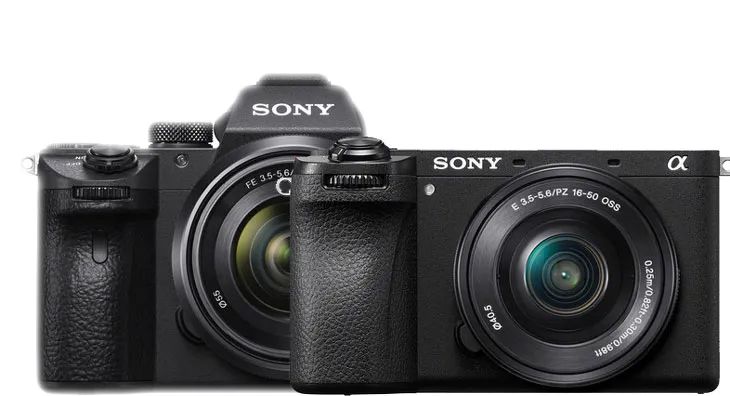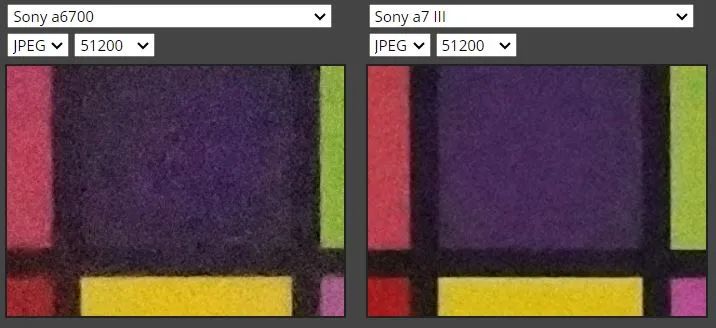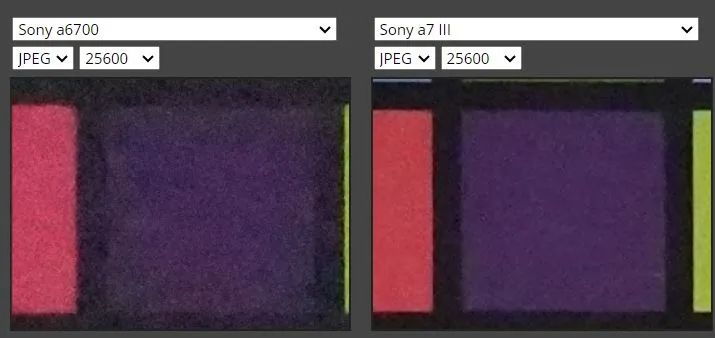
Sony A7 III is a classic mid-range mirrorless camera that has gained a high market share due to its balanced performance and excellent cost-effectiveness. The A6700, on the other hand, is a newly launched high-end APS-C format body with outstanding focusing and video capabilities. With a similar price point, how should an average user choose? Should they pursue the four-year-old full-frame A7 III or opt for the latest technology in the non-full-frame A6700? The foreign website thenewcamera has conducted an analysis:

Articulating Screen
From a design perspective, both cameras are quite good. However, the A6700 features a vari-angle side-flip display, which is more advantageous for video creators compared to the A7 III’s up-and-down tilting screen.
A6700 Body is Lighter
Another advantage of the A6700 is its more compact body. Therefore, if you are a travel photographer or video content creator, it is advisable to choose a smaller and more compact model in the long run.
A7 III Body Equipped with Dual Card Slots
The advantage of the A7 III camera lies in its dual card slots, while the A6700 only has a single card slot. Additionally, the overall appearance and feel of the A7 III look more professional.
A7 III High ISO Image Quality is Superior
Users of the A7 III are most concerned about the actual imaging performance of the camera. Although the A7 III is a full-frame camera, it was released four years ago. Can its high ISO imaging quality compete with the A6700’s new sensor? Let’s take a look at the comparison:


It can be observed that at ISO 51200, the A7 III retains more detail compared to the A6700. If the ISO is lowered to 25600, the difference remains unchanged.
This indicates that despite the A7 III’s sensor being four years old, its performance still surpasses that of the A6700’s latest 26-megapixel APS-C sensor.
Focusing and Continuous Shooting Performance
The A6700’s AI tracking autofocus system is very advanced. You can track moving insects as well as fast-moving vehicles. Nevertheless, if users only utilize face and eye autofocus, the A7 III can also perform well.
In terms of continuous shooting speed, the A6700 can shoot up to 11 frames per second, but due to the improved body cache, it can shoot up to 1000 photos in JPG format. The A7 III, affected by cache and other factors, has a slightly lower maximum continuous shooting speed of 10 frames per second.
Conclusion
Therefore, if you are a photographer working in uncontrolled lighting environments, it is highly recommended to purchase the A7 III camera.
If you are in a studio or have the ability to control lighting, then it is advisable to use the A6700 for shooting.
– end –
Compiled by | Bi Chao

· Official WeChat Account of Color影无忌 ·